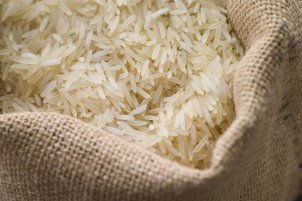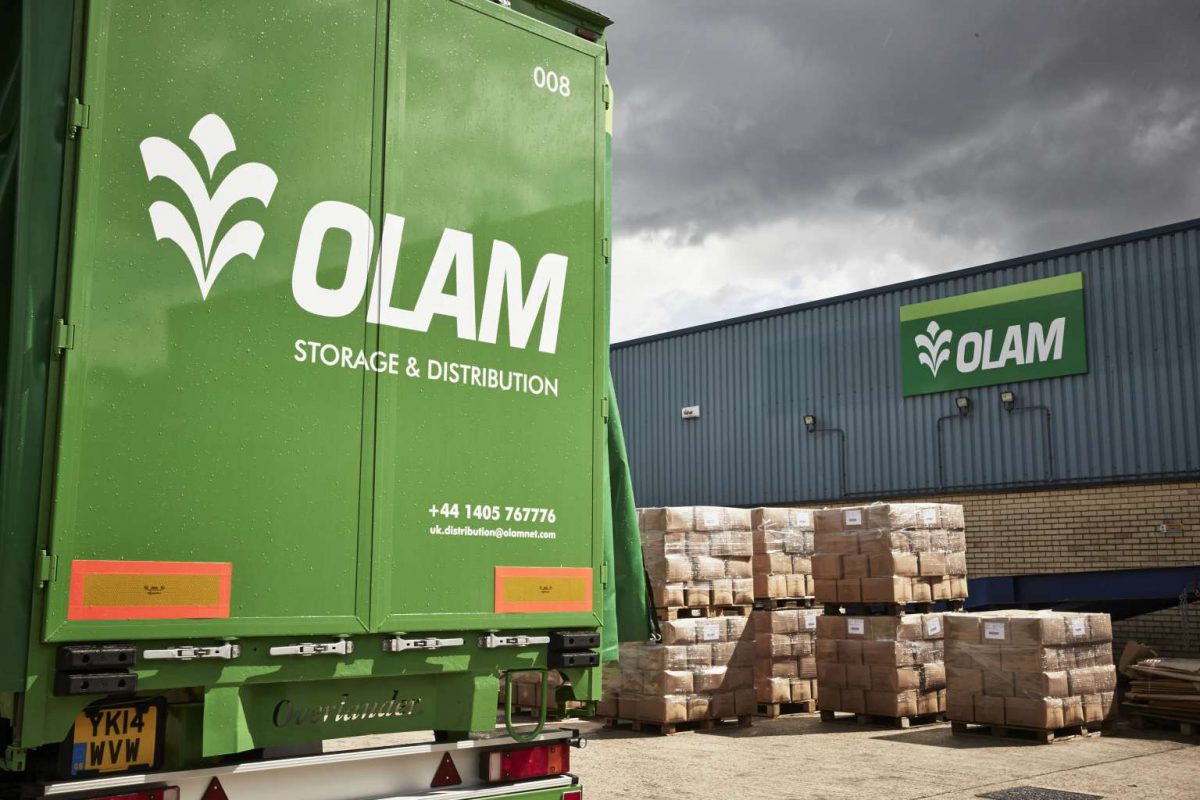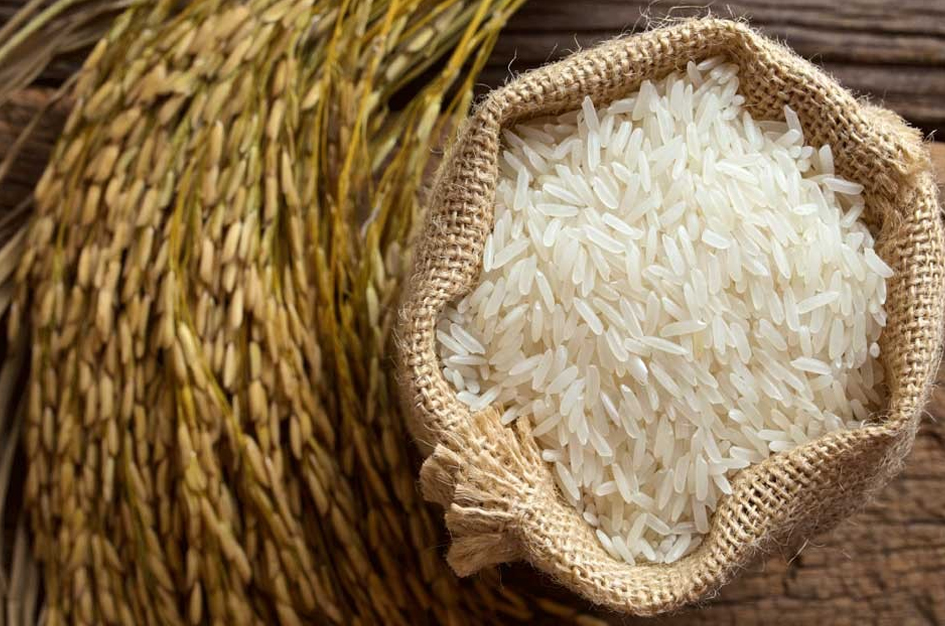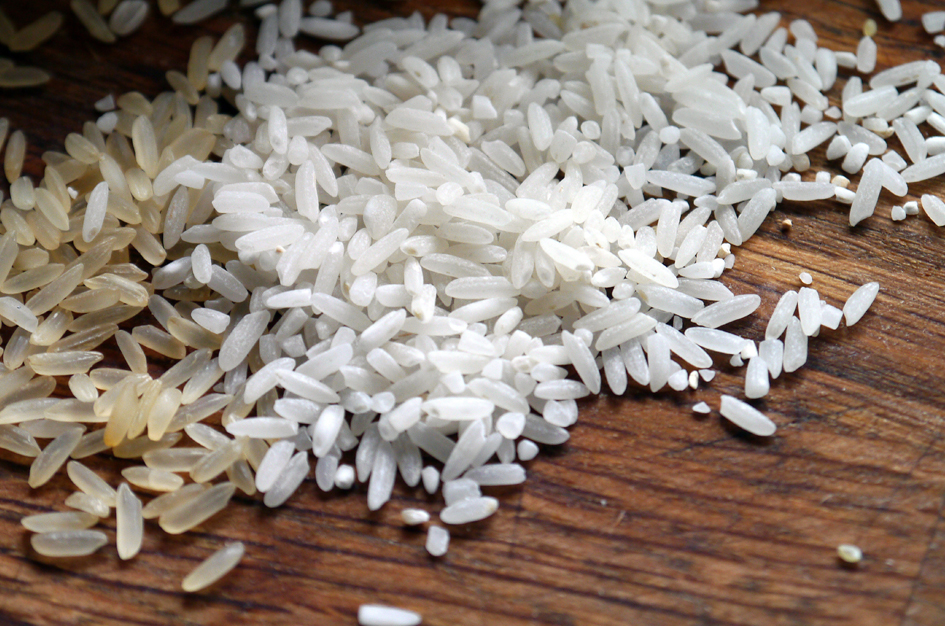‘I wish we had retained our full name, Khushi Ram and Behari Lal, instead of the acronym KRBL, since it speaks volumes about our legacy,’ reminisces Anil K Mittal. ‘After all, there’s a lot in a name.”
The famous Shakespearean phrase, ‘what’s in a name?’ has little to no importance in Anil K Mittal’s life. Anil is the chairman and managing director of India’s largest Basmati rice firm, KRBL – the manufacturers of the immensely popular India Gate Basmati Rice brand, among many others.
KRBL, since its inception in 1889, has come a long way. Currently headquartered in Noida, Uttar Pradesh, it was not the company actualized. It was founded in Lyallpur, the modern day Faisalabad situated in Pakistan. Back then, rice mills were simply a tiny chunk of their overall business plan and the company had interests in cotton spinning, textiles and banking.
Now, KRBL prides itself on being the world’s largest rice exporter and miller. It has over 30% share of domestic and 25% share of the branded basmati rice export market, with 2 functioning plants in Punjab and Uttar Pradesh with a combined milling capacity of 195 metric tons per hour.
For the financial year that ended on 31st March 2016, KRBL reported a total income of 3,594 crore, with a net profit of 334 crore. Over the last years, its capitalization has grown at a CAGR of 86%, touching 9,699 crore on March this year. Given the company’s brand value, lower cost of raw inputs and higher price realization, the statistics are not at all surprising.
The company managed it through various developments in its distribution channel, which further helped them penetrate and deepen their roots in the domestic market. They also successfully increased their presence across international markets and that helped them reduce financial vulnerabilities.
Delving back in time, Anil remembers how he formally joined the company in 1968 with the sole aim to leave an indelible mark in the family of businessmen. Once he had garnered enough experience, Anil set off on his own journey with a tender to supply barley to the army. That, he recalls, was the turning point in his life. And by the 90s, KRBL had transitioned into a fully-fledged rice business.
In 2003, after numerous successful decisions and eventful years, Anil decided to take over a sick unit in Punjab by the name of Oswal Agro Furane. The decision seems to have worked in their favour, and today, it is the largest Rice Mill Plant in the world, processing about a million ton of paddy in a year. With a capacity of 140 metric tons per hour, it processes about 7% of Punjab’s paddy cultivation.
Now run by Anil, his brothers and his daughter, KRBL firmly believes that strength of a firm comes from its own people. And the employees should be given a fair chance at functioning like entrepreneurs within their realms, if a business wants to grow.
For more of such industry-specific news, keep following Nextech’s blogs.
 MAIL US :
MAIL US :
 CALL US :
>
CALL US :
>



